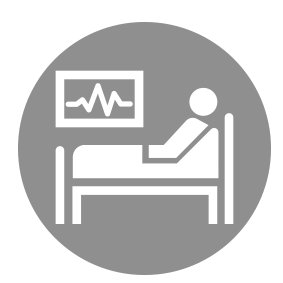Economic Value of the BioFire BCID2 Panel
Bloodstream infections and sepsis exact an enormous burden on patients, clinical laboratories, and healthcare organizations. In a systemic review, researchers estimated that the United States sees roughly 582,000 cases of bloodstream infections each year.1 Additionally, somewhere between 72,000 and 85,000 people die shortly following a bloodstream infection.1
Sepsis has an even greater impact. The US records more than 1.7 million cases of sepsis every year, and it’s the leading cause of death in hospitals—in fact, in 2014 sepsis accounted for 270,000 deaths in the US.2 Of those who survive, 50 percent will experience long-term physical or psychological effects.3
Not only is sepsis the leading cause of death in hospitals, it’s also the top source of hospital costs, accounting for $62 billion in acute sepsis hospitalization and skilled nursing costs.4 A study analyzing data from 1997 – 2011 found the mean cost per sepsis-related hospital stay was nearly double that of the average across all other conditions.5
Syndromic infectious disease testing provides quick, comprehensive results that enable clinicians to make optimal treatment decisions faster, which may help hospitals realize savings on costly bloodstream infection and sepsis hospitalizations.




